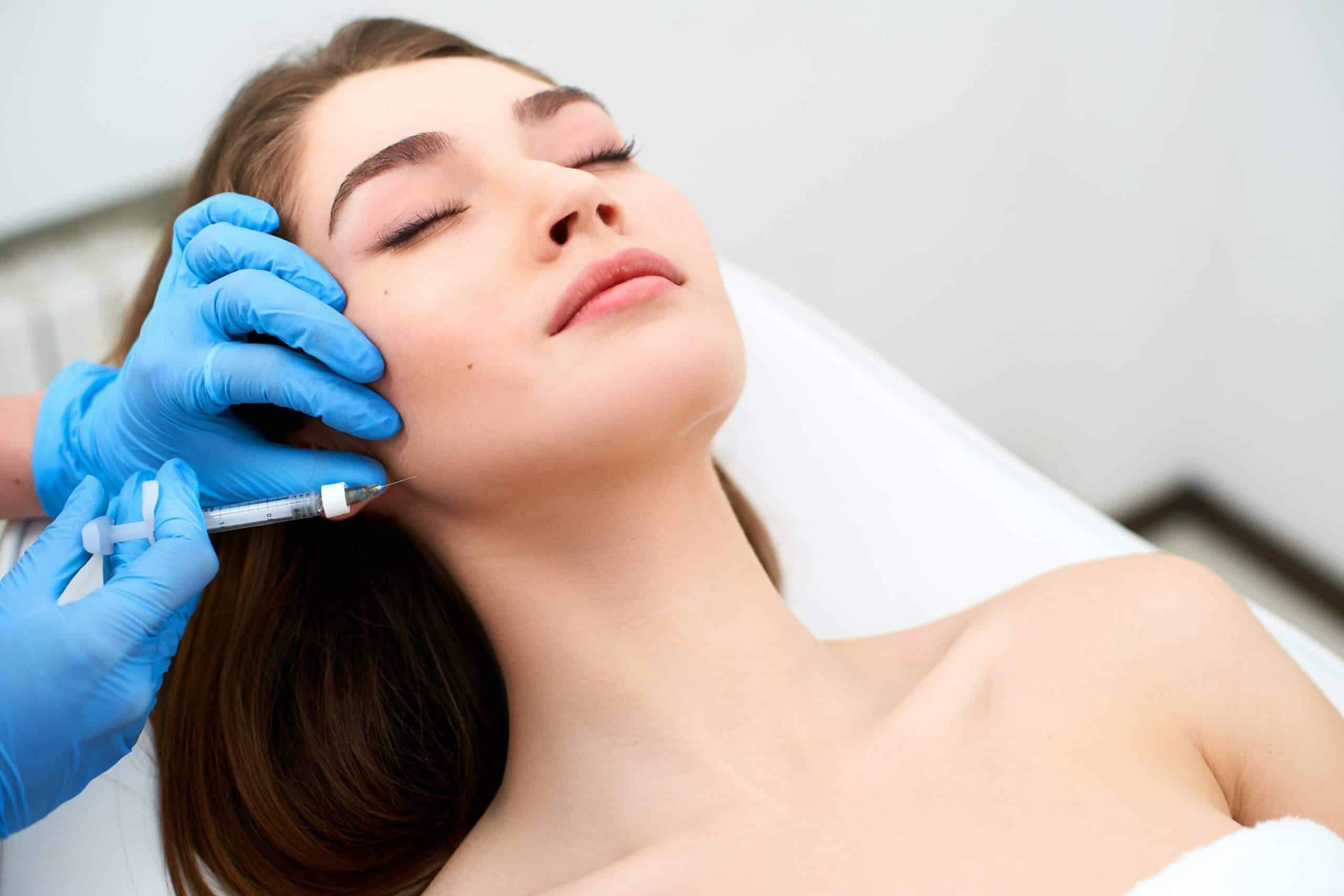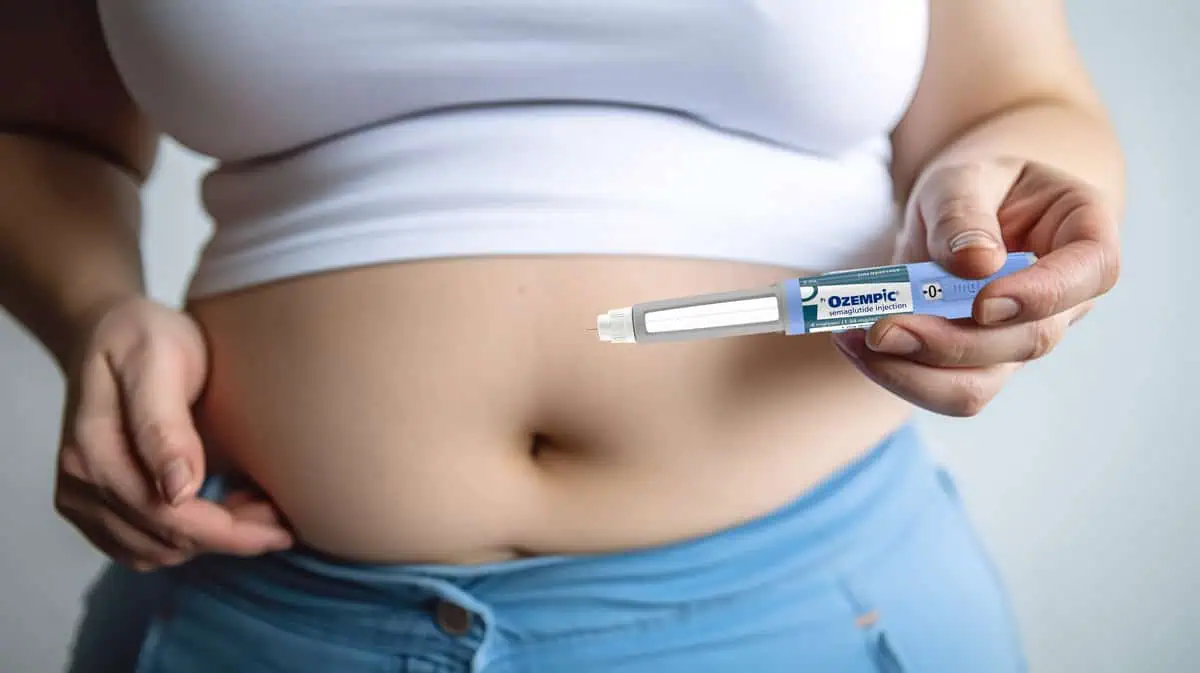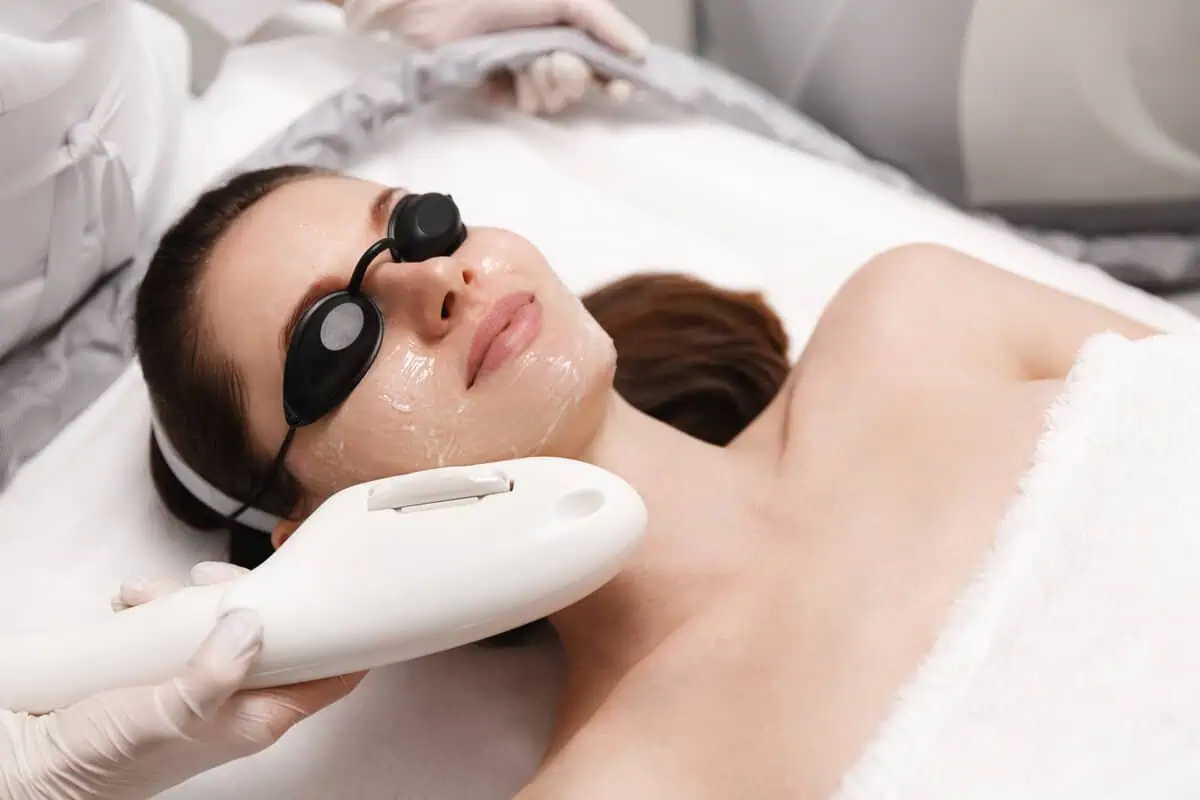Dermal fillers are injectable materials used to plump up regions of skin that have lost volume over time, fill in wrinkles and fine lines, and provide volume to the face. They are commonly used in cosmetic procedures to help individuals achieve a more youthful and rejuvenated appearance.
Dermal fillers have become increasingly popular in recent years as more and more people seek out non-surgical options for facial rejuvenation. They are a safe and effective alternative to invasive surgical procedures and can provide excellent results with minimal downtime.
This blog post aims to provide a comprehensive overview of dermal fillers, including what they are, the types of fillers available, the benefits of the treatment, and the potential side effects. By the end of the post, you should clearly understand what dermal fillers are, how they work, and whether they may be a suitable option for them.
What are dermal fillers?
Dermal fillers are substances injected into the skin to restore volume and fullness, smooth out wrinkles and fine lines, and enhance the contours of the face. They are typically made from substances found naturally in the body, such as hyaluronic acid, calcium hydroxylapatite, and poly-L-lactic acid.
The cheeks, lips, nasolabial folds, and under-eye hollows are just a few of the facial features that may be treated with dermal fillers, which are a popular choice for those who wish to seem younger and refreshed without having invasive surgery.
What are the different types of dermal fillers?
There are several different dermal fillers, each with unique properties and benefits.
- Hyaluronic acid: The most often used fillers are formed of hyaluronic acid, which is naturally present in the body. They improve the facial contours naturally, give the skin more volume and fullness, and reduce wrinkles and fine lines.
- Calcium hydroxylapatite: These fillers are made from a mineral-like compound found in bone and are used to treat deeper wrinkles and folds, such as nasolabial and marionette lines. They are used to add volume to the cheeks and other facial areas.
- Poly-L-lactic acid fillers: These are made from a biodegradable synthetic material that stimulates collagen production in the skin, which can help create a more youthful and rejuvenated appearance. They are typically used to treat the midface, cheeks, and other areas of the face that have lost volume due to aging.
Each type of filler has unique properties and benefits and is designed to treat specific areas of the face. It’s essential to consult with a qualified medical professional to determine which type of filler is right for your individual needs and goals.
How do dermal fillers work to restore volume to the face?
Dermal fillers provide volume and fullness to the skin, reducing wrinkles and fine lines while enhancing the face’s natural contours. The fillers are injected into the skin using a small needle and are typically made from substances found naturally in the body, such as hyaluronic acid.
Once injected, the fillers help plump the skin and stimulate collagen production, which helps create a more youthful and refreshed appearance. The results of dermal fillers are typically visible immediately after treatment. Depending on the kind of filler used and the area of the face being treated, they can last from six months to two years.
What are the benefits of dermal fillers?
The benefits of dermal fillers are numerous. Here are some of them!
Improved appearance of fine lines, wrinkles, and sagging skin.
Dermal fillers can help smooth out fine lines and wrinkles and restore lost volume and firmness to sagging skin. They treat common areas of concern, such as the nasolabial folds, marionette lines, and under-eye hollows. By adding volume to these areas, dermal fillers can create a more youthful and vibrant appearance.
It increases facial volume and plumpness.
Over time, the face can lose volume and fullness, leading to a sunken or hollow appearance. Dermal fillers can restore volume and plumpness to areas of the face, like the cheeks, temples, and chin, creating a more lifted and contoured look.
Reduced appearance of scars and other imperfections.
Dermal fillers can also fill in and smooth out scars and other imperfections, such as acne scars, uneven skin texture, and sunken scars. The skin can appear smoother and more even by filling these areas with a dermal filler.
Quick and relatively painless procedure.
Dermal filler injections are a quick and relatively painless procedure. The injections typically take 15-30 minutes, depending on the treated area, and the results are visible immediately.
Little to no downtime.
Unlike more invasive procedures such as surgery, there is little to no downtime associated with dermal fillers. After the procedure, patients may usually resume their regular activities right away.
Long-lasting results.
The kind of filler used and the region being treated may affect how long the results endure, but most dermal fillers offer long-lasting benefits that can last anywhere from 6 months to 2 years. It means that patients can enjoy their youthful and refreshed appearance for an extended time before needing a touch-up.
What are the side effects of dermal fillers?
Dermal fillers are generally considered safe when administered by a qualified and experienced medical professional. However, like any medical procedure, they can have side effects.
Common side effects of dermal fillers include the following:
- redness
- swelling
- bruising
- Tenderness at the injection site
These side effects are usually mild and temporary and should resolve within a few days.
Rare but severe side effects of dermal fillers can include infection, allergic reaction, and migration of the filler material to other parts of the face. Choosing a qualified and experienced medical professional like our skilled injectors at Joslin Medical Spa to administer dermal fillers to minimize the risk of severe side effects is essential.
The injector will typically apply numbing cream or local anesthesia during the procedure to minimize discomfort. The injections are quick and relatively painless, and the entire process usually takes less than an hour.
After the procedure, patients may experience some mild swelling and bruising but should be able to resume their normal activities right away. To guarantee the most remarkable outcomes and reduce the risk of problems, it is crucial to adhere to the aftercare recommendations given by the medical practitioner.
A good aesthetician can recommend which filler is suitable for you.
If you’re thinking about getting fillers, it’s essential to know that there are several different types of fillers. The best aesthetician can recommend which filler is suitable for you and explain its benefits and side effects.
If you are interested in learning more about dermal fillers or want to schedule a consultation at Joslin Medical Spa, please get in touch with us today!







